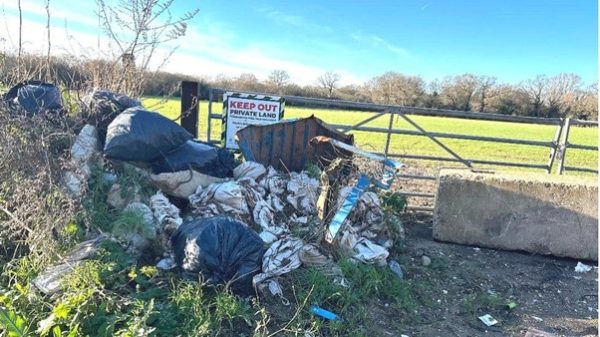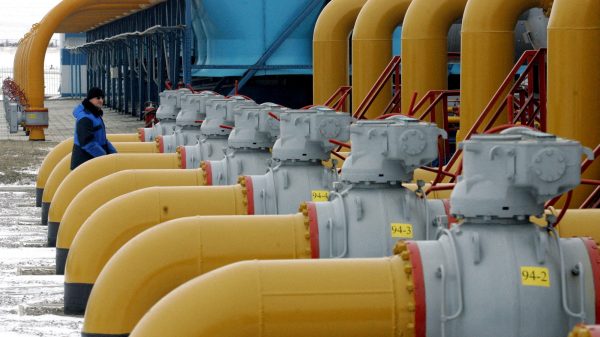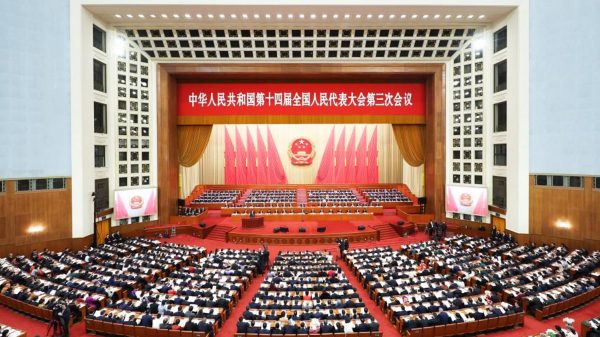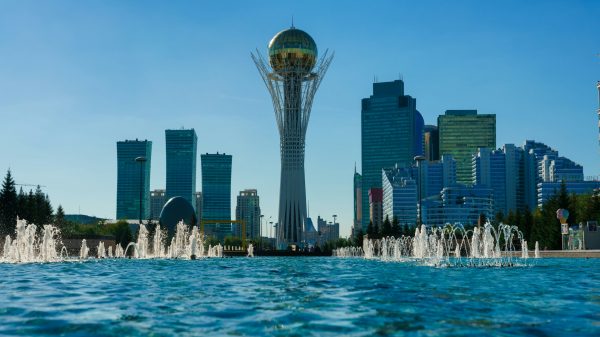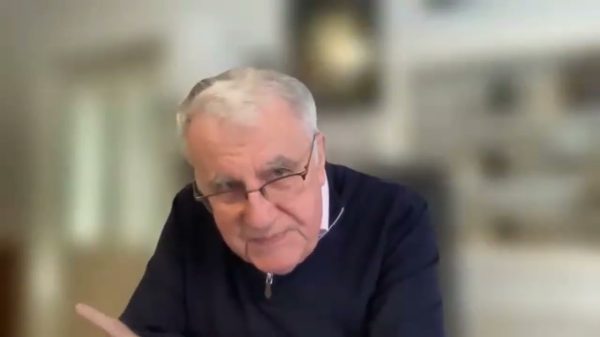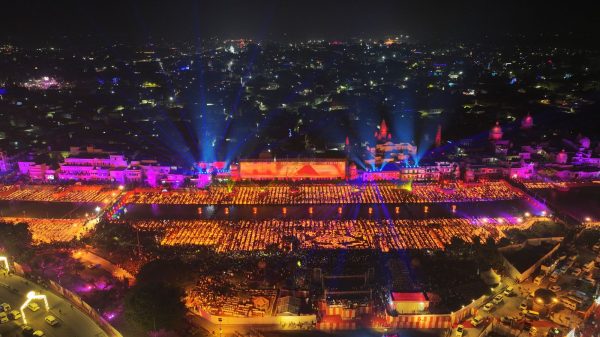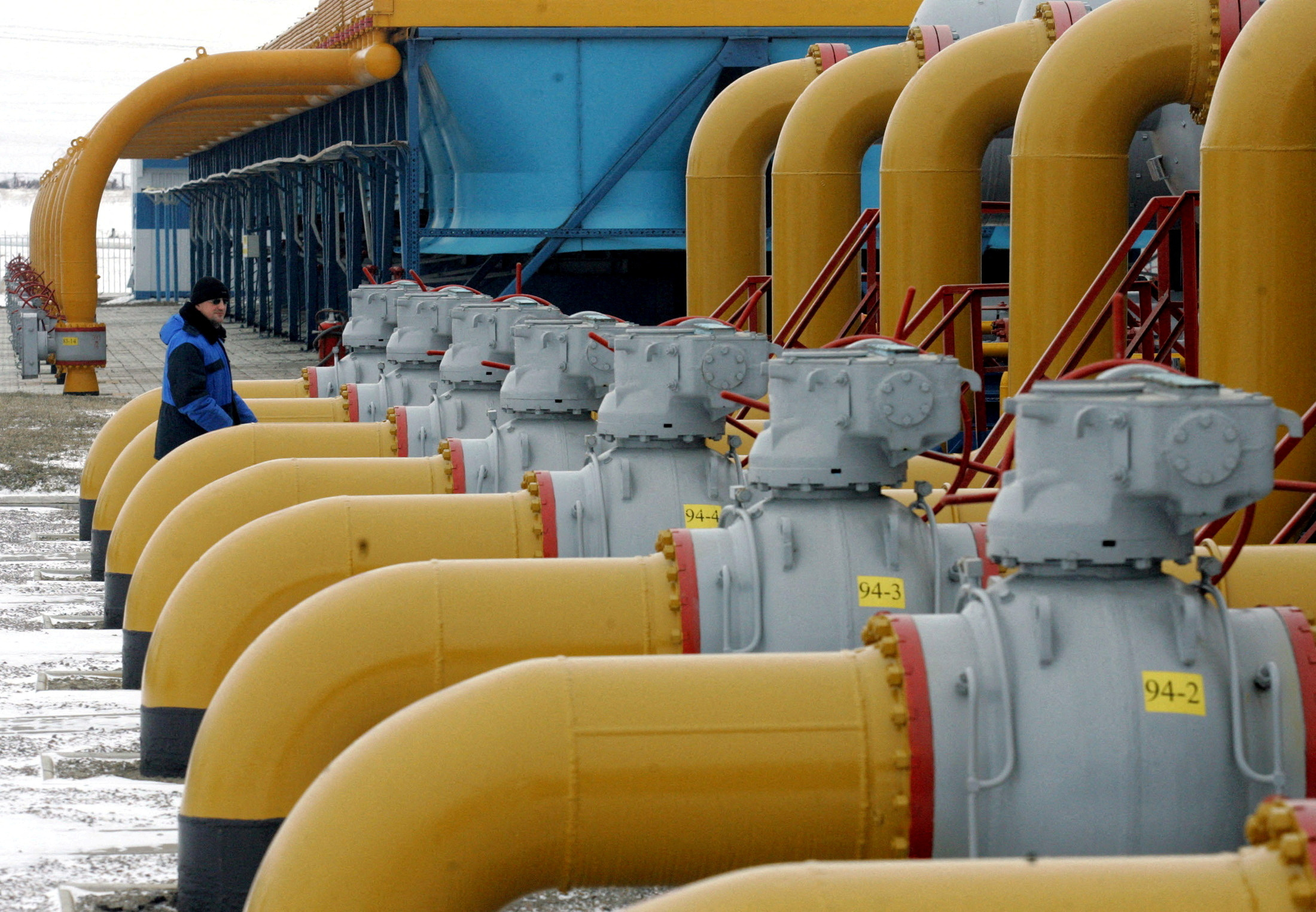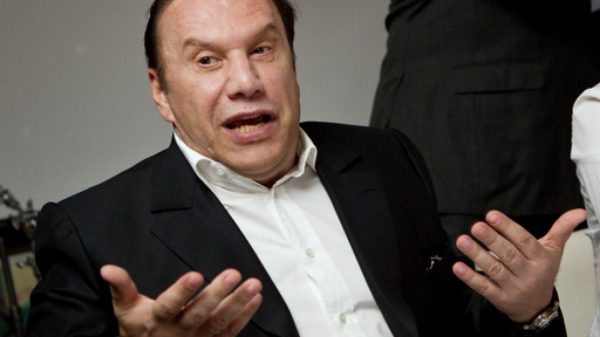As the EU pushes to break its reliance on Russian energy, internal divisions are beginning to surface—most notably in Hungary – writes Eliah Y. While Brussels calls for unity and strategic independence, Hungary has quietly maintained ties that appear to support the Kremlin’s influence in Eastern Europe. This is playing out most clearly in Moldova, a country caught between the EU and Russia’s orbit, where Hungarian-linked energy companies, political operatives, and opaque business dealings are increasingly shaping the energy landscape in ways that favour Moscow.
At the centre of this network are several Moldovan energy firms tied to powerful oligarchic circles and a Swiss-registered energy company under Hungarian control, whose connections to Russian capital and infrastructure are well-known. The political component is equally significant, represented by a group associated with fugitive oligarch Vladimir Plahotniuc and remains deeply embedded in the country’s energy and political apparatus.
One relatively new energy player has rapidly risen to prominence in this context. Despite its short operational history, it secured a major deal in late 2023 to import gas from Turkey, covering over half of Moldova’s daily national consumption. The contract notably bypassed the separatist region of Transnistria, disrupting long-standing supply patterns. Investigations suggest the company is linked to a former member of Plahotniuc’s inner circle, raising questions about how such rapid market access and influence were achieved, especially in a sector as tightly controlled and politically sensitive as gas.
Meanwhile, from the West, a more established Hungarian-controlled firm has been quietly expanding its influence. Though based in Switzerland, the company operates with strong backing from Budapest, having ties to Viktor Orbán’s government. It has grown into a key player in regional gas flows. In early 2025, after Russia cut gas transits through Ukraine, the EU allocated €20 million to supply gas to Transnistria. This firm was selected to manage the delivery, effectively making a Hungarian-linked intermediary the logistical bridge between EU emergency funds and a Kremlin-aligned breakaway region.
The choice was not accidental. The company’s past dealings further underscore its role as a geopolitical hinge between Europe and Russia. In 2019, it entered a joint venture with a Serbian firm majority-owned by Gazprom Neft to develop a wind park. In 2022, it secured over €1 billion in credit from a banking syndicate that included major Russian lenders (Sberbank and Gazprombank), despite growing Western sanctions. It has also been implicated in importing Russian LNG into the EU, exploiting regulatory gaps even as Brussels pledged to cut ties with Moscow’s energy sector.
The stakes are high. When Russia halted gas flows through Ukraine at the end of 2024, Moldova and Transnistria were plunged into crisis. Moldova scrambled to redirect reserves, and the EU stepped in with emergency funds—but the infrastructure and logistics remained in the hands of intermediaries linked to Hungarian interests. The result: a situation in which EU aid and Russian strategy coexisted uneasily, facilitated by actors whose loyalties remain ambiguous.
At the heart of Russia’s long-term strategy is not just supply control but financial entrapment. Russia’s control over Moldova’s energy future goes beyond market manipulation. Through its stake in Moldovagaz, Gazprom continues to exert influence via mounting debt—now exceeding $8.5 billion. This burden, much of it tied to gas used in Transnistria but underwritten by Chisinau, gives Moscow a powerful lever over Moldova’s political future. Efforts to audit or renegotiate this debt have consistently met resistance, underscoring how deeply energy dependence and sovereignty are intertwined.
A Strategic Blind Spot in Brussels
Hungary’s role in sustaining Russian influence, through both state-backed deals and private intermediaries, exposes a critical vulnerability within the EU. While Brussels presses forward with ambitious decoupling strategies, internal actors continue to facilitate parallel energy channels that benefit the Kremlin. Moldova, balancing between reform and regression, is increasingly caught in this web.
Unless the EU confronts these internal contradictions and enforces tighter scrutiny of its own members, the vision of an energy-independent Europe may prove illusory. Hungary, far from being a passive outlier, has become a strategic asset in extending Russia’s energy and political reach into some of the bloc’s most fragile frontiers.





